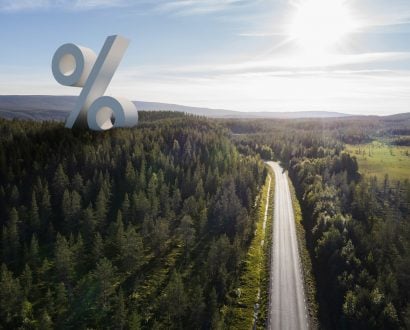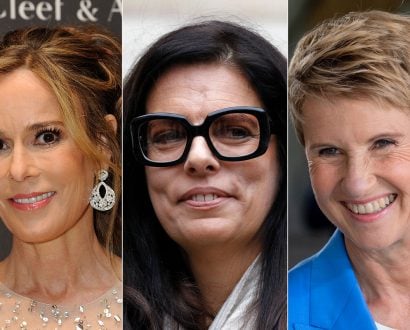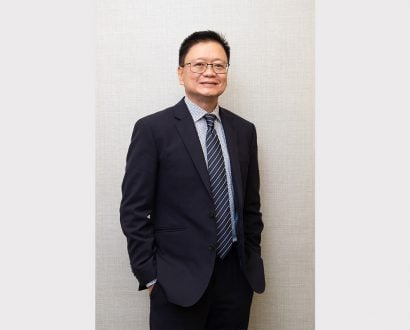By anyone’s standards, it’s a feat of endurance: long days under burning sun or pelting rain — occasionally even hail. There’s no time to stop and rest, no respite from the roar of the crowds on the side of the road.
Forget the cyclists of the Tour de France. This is what it’s like for those who work in the publicity caravan that precedes the race. They toss freebies from floats lavishly decorated by advertisers. They dance to pop music that plays on a loop and rev up the spectators before the cyclists arrive.
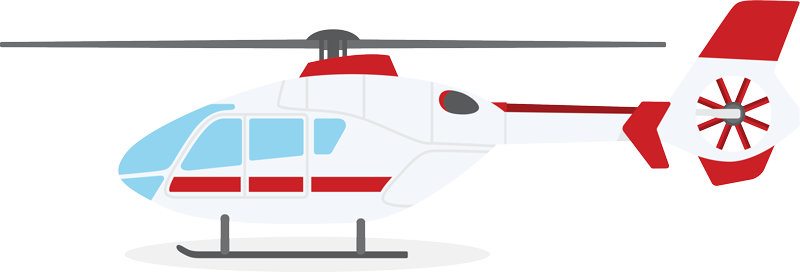
The publicity caravan has been part of the Tour since 1930. That year, chocolate company Menier handed out sweet treats and thousands of branded hats. Before long, the commercial cavalcade included acrobats spruiking toothpaste, and an accordion player performing on the roof of a Citroën Traction Avant.
In 1935, French playwright Pierre Bost described the publicity caravan as “a shameful sight. It shouts, it plays bad music, it’s ugly, it’s sad, it’s horrible,” he said. “It’s the vulgarity of money.” One can only imagine what he would think of today’s caravan, a 20-kilometre parade of 160 vehicles, from which 16 million freebies are distributed. Advertisers pay up to €500,000 to participate.
The winner of the first Tour de France in 1903 was Maurice Garin, who worked as a chimney sweep as a teenager before taking up cycling as an adult.
The Tour de France has always been as much about money as sport. From its earliest days, the race has been shaped by business concerns.
“It’s entirely a commercial enterprise,” says historian Eric Reed, author of Selling the Yellow Jersey: The Tour de France in the Global Age. “The Tour, unlike a lot of other sporting events, was always for profit. It always served a commercial purpose.”
Paper trail
In the early days, that purpose was to boost the circulation of a sports newspaper named L’Auto. It was 1903 and the publication was struggling to match the audience numbers of its competitor, Le Vélo. At a crisis meeting, young journalist Géo Lefèvre suggested a cycling race around France might provide the publicity they needed.
He was right. Daily sales of the paper soared. Interest was so intense that, until the 1930s, L’Auto’s sales tended to double in July when the race was on. L’Auto eventually folded after World War II, amid allegations it had been sympathetic to the Nazis.
These days, the Tour is owned and organised by Amaury Sport Organisation (ASO), a private family company. But some traces of the newspaper’s influence remain. The famous jersey worn by the race leader, for instance, is yellow because that was the colour of L’Auto’s pages.
But the most significant consequences of the Tour’s origins can be seen in its business model. The race was a publicity stunt, designed to attract as many people as possible. Selling tickets was not only logistically difficult for a roadside event; it was entirely beside the point.
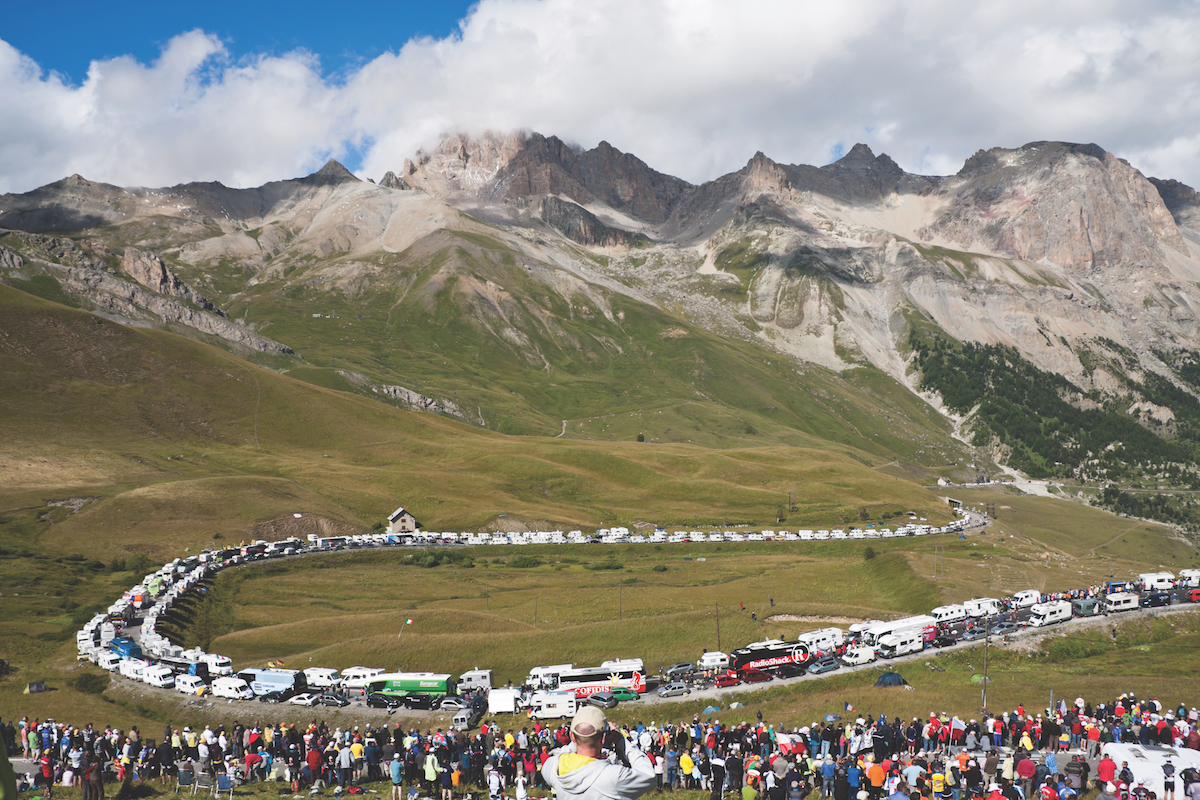
The famous jersey worn by the race leader is yellow because that was the colour of L’Auto’s pages.
“Historically, across European sport, the main source of revenue has been from ticket sales,” says Simon Chadwick, a professor of sports enterprise at the University of Salford in Manchester. “The Tour de France has never had the luxury of revenue from ticket sales, so it has to look to other revenue streams.”
Follow the money
These days, ticketing is an old-fashioned way for sporting events to make money. The sale of broadcasting rights has become an increasingly important revenue source. Last year, more than 120 television stations covered the Tour de France. Various camera crews rode motorcycles, flew in helicopters, and waited at the finish line to capture the footage broadcast across 190 countries.
In 2017, the Tour de France is made up of 21 stages covering 3,516 kilometres. It began with a time trial in the streets of Düsseldorf in Germany.
As a private company, ASO is under no obligation to reveal exactly what it makes from the Tour, but recent estimates place the value of global broadcasting rights at about €50 million a year.
Then there are the sponsors. Many aspects of the Tour have been shaped by the need to give corporate backers bang for their buck. For instance, the red-and-white polka-dot jersey, awarded to the rider who wins the most points for hilly sections, takes its colours from the award’s first sponsor, a chocolate factory.
ASO earns a significant portion of revenue from event-wide sponsorship deals. Individual teams are even more reliant on corporate backing — so much so that they take their names from the companies that support them. “Professional cycling is one of the few sports where the teams are known by a sponsor’s name,” says Chadwick. “That’s an implicit acknowledgment that cycling is at the behest of sponsors.”
Running a cycling team is expensive. Sponsors pay riders’ salaries, training and race expenses, and provide coaching and equipment. The British Team Sky, one of the sport’s wealthiest competitors, spends more than €27 million a year on operating costs. More than 90% of that comes from sponsors. It can be a good investment.
“The Tour de France has never had the luxury of revenue from ticket sales, so it has to look to other revenue streams.”– Simon Chadwick, University of Salford, Manchester
In 3 weeks of cycling, there are plenty of opportunities for companies to get their brands speeding across television screens all over the world. One report, published by Repucom in 2013, suggested that corporate backers of the Tour earned advertising exposure worth 5 times more than their spending.
But is this reliance on corporate currency good for the sport? Sponsors can be fickle, so the model leaves many teams on precarious financial ground. What’s more, it can create a disparity between cycling’s haves and have-nots. When Chris Froome of Team Sky won the Tour last year, he acknowledged it might not have been possible had he been on a team with a lower budget.
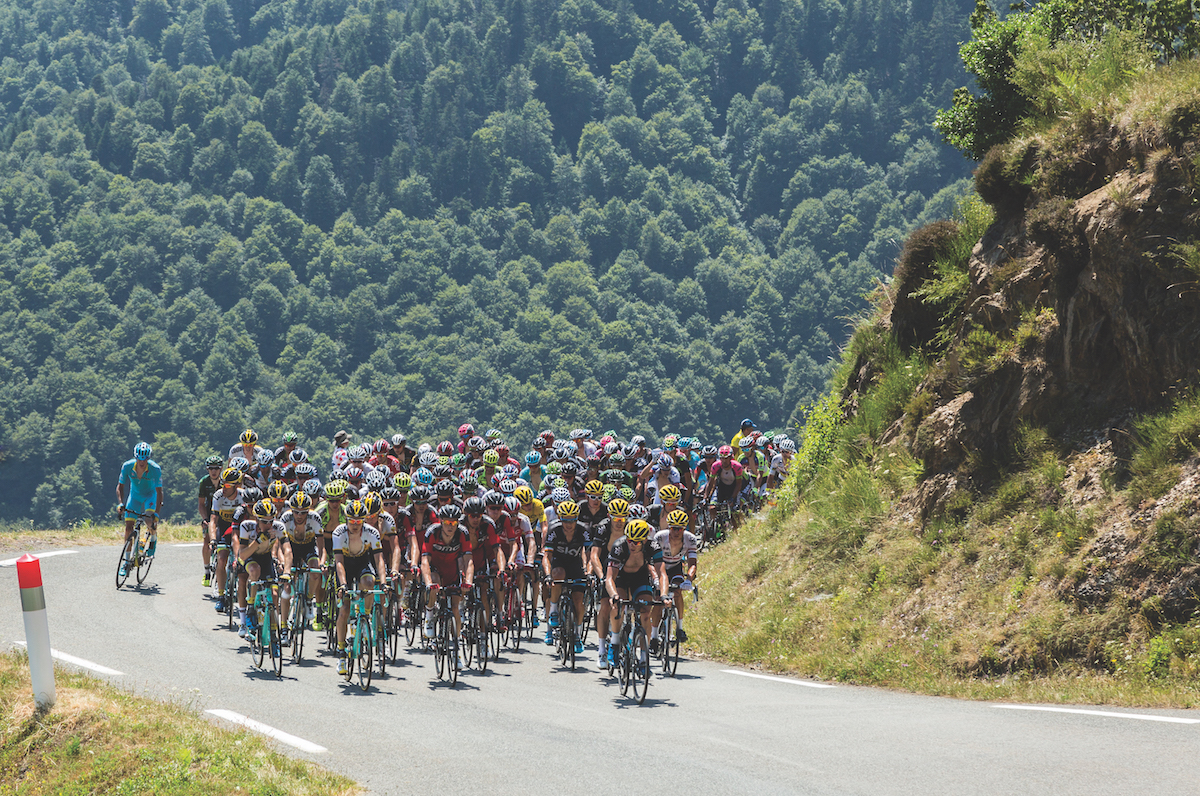
Some have even suggested that the power of cycling’s sponsors is partly to blame for the sport’s doping problem. Says Reed: “Until recently, there was a wink-wink-nudge-nudge aspect to the event. People would look the other way. Because the teams were so reliant on sponsors, it was difficult to throw these big stars out of the Tour. The idea of superhuman athletes doing superhuman feats was part of the mystique that made the race so attractive to audiences and therefore to sponsors.” There are calls within cycling for ASO to help break the reliance on sponsorship by sharing its television revenue with competing teams.
There is hot competition to host the Grand Départ, an event that is regularly held outside France. In 2007, London paid €2 million to host, plus €3 million in event costs, in exchange for economic benefits reportedly worth far more.
Local talent
In any given year, the Tour winds around mountains and past lakes and ancient castles. The race footage must be responsible for thousands of trips to France. The Tour organisers realised early on that towns and cities would pay to host a stage. In the 1920s, hosts paid between 1,000 and 5,000 francs for the privilege, hoping to draw spectators into local hotels, restaurants and shops. In the TV age, there’s the added advantage of reaching a huge international audience of potential tourists.

ASO’s fees make up just a fraction of a host’s expenses; there are extra costs such as road maintenance, signage systems, garbage collection and security. Nevertheless, hundreds of towns express interest — far more than the 30 or so destinations required each year. There is also hot competition to host the Grand Départ, an event that is regularly held outside France.
In 2007, London paid €2 million to host, plus €3 million in event costs, in exchange for economic benefits reportedly worth far more. When Yorkshire hosted 2 stages of the Grand Départ in 2014, it brought an economic boost of £102 million to the region.
For all the money wrapped up in the Tour de France, Chadwick believes there is something inherently democratic about cycling. He points to the fact that winners traditionally share the prize money with their teammates. “There’s this egalitarian principle in cycling,” he says. “Anybody can take part and anybody can watch. Cycling is open to everyone.”



